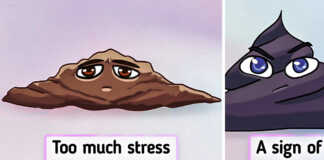164 million Americans wear glasses, studies say. So you probably know one or two people who need glasses to see clearly. But have you ever wondered how these people look without glasses or contact lenses?
We decided to find out how people with different causes of visual impairment view our world and we want to share the findings with our readers.
Tunnel Vision
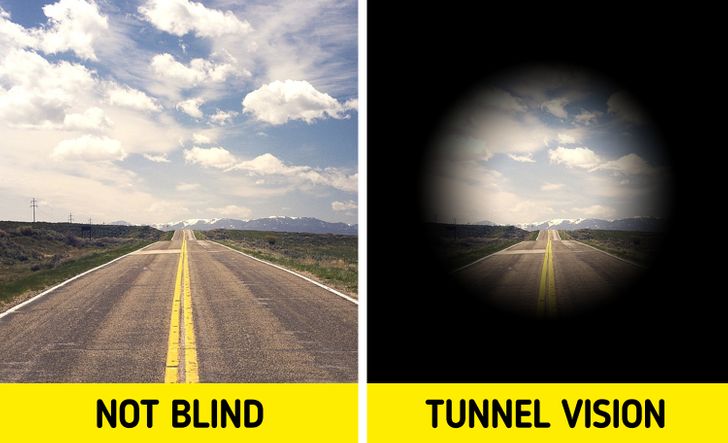 © Pixabay.com
© Pixabay.com
Peripheral Vision Loss (PVL) refers to the loss of vision outside of a person’s direct line of sight. Therefore, a person can clearly see what is directly in front of them, but everything that is out of their focus is blurry or dark as if they are looking through a tunnel.
Although people with PVL can still see objects in front of them, PVL makes it difficult to navigate in the area or within large crowds.
Charles Bonnet Syndrome
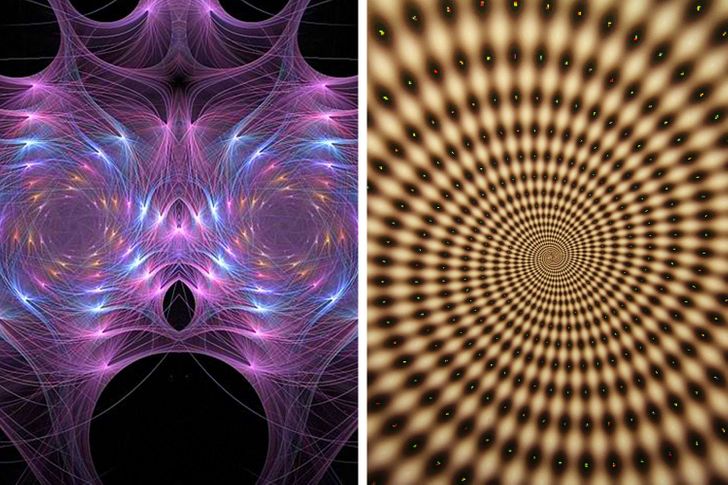 © Pixabay.com, © Pixabay.com
© Pixabay.com, © Pixabay.com
Charles Bonnet syndrome (CBS) causes people to hallucinate: they see things that are not really there.
During normal visual acuity, the brain receives information from the eyes and processes it. When vision is lost during CBS and the brain does not have the information to continue, it begins to create its own images.
Those with CBS can see simple shapes, patterns, and figures or more complicated images of people, animals, or objects – anything imaginable.
Note: CBS hallucinations are caused only by loss of vision. This does not mean that the person experiencing it has mental health problems.
Macular Degeneration
Macular degeneration or age-related macular degeneration (AMD) affects the eye area that is responsible for clear central vision. It occurs mainly in people over the age of 50 and causes partial loss of vision.
AMD is a progressive disease. During the early stages, the central area of the image may only be blurry, but as AMD progresses, the blurred part turns dark or white.
AMD makes it extremely difficult for people to read and recognize faces.
Diabetic retinopathy
 © Pixabay.com
© Pixabay.com
Diabetic retinopathy (DR) is an eye disease that people with diabetes can develop. DR affects the retina of the eye: here there is a sensitive tissue that has a photoreceptor that absorbs light and the information it carries.
Diabetic retinopathy has several different symptoms, each affecting vision differently. For example, someone with RD may see a completely blurred image or lose the central parts of an image.
Glaucoma
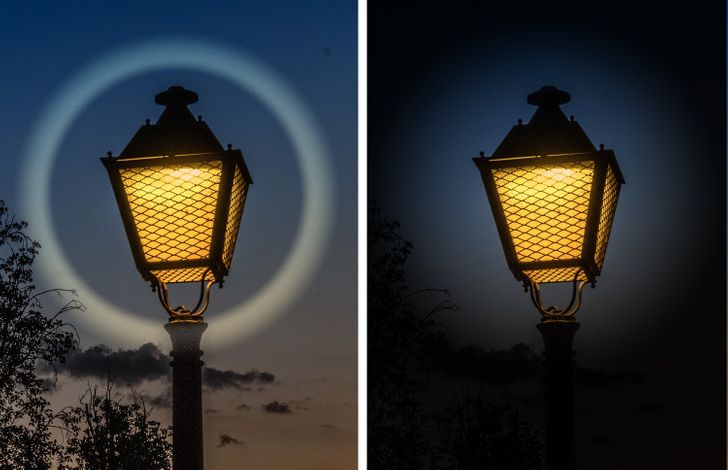 © Pixabay.com
© Pixabay.com
Glaucoma is an eye disease that occurs because the eye drainage system becomes ineffective over time. There are 2 common types of glaucoma that distort vision in different ways.
The first type of glaucoma affects peripheral vision, making it impossible to see anything outside the central area of the image. The second type causes people to see colored rings or halos around light sources.
Cataracts
Cataracts are the clouding of the lens of the eyes. This can occur in one eye or the other or it can occur in one and spread to the other. The cataract makes it impossible to see the image clearly and clouds vision.
People with cataracts have difficulties with night vision and light sources; light from cars, lamps, or the sun can be very intense for them.
Myopia
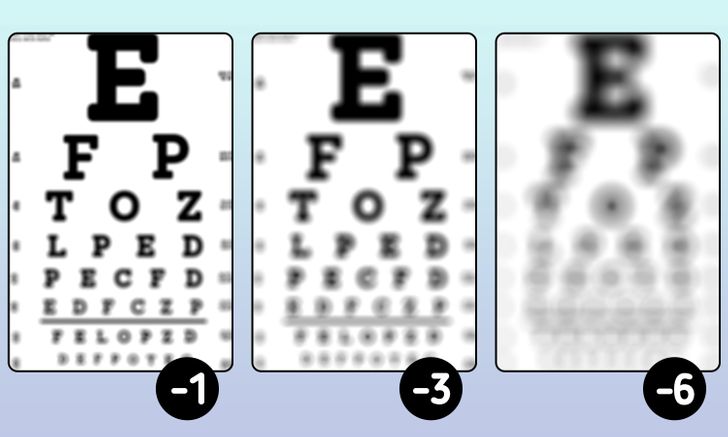 © Pixabay.com
© Pixabay.com
Nearsightedness or myopia is a common condition when you can see nearby objects clearly, but distant objects appear blurry. Myopia can develop gradually or quickly during childhood or adolescence. The more myopia progresses, the blurrier objects at a distance appear.
Did you know how visually impaired people see the world? Or maybe you are one of those people? Share your stories with us.





